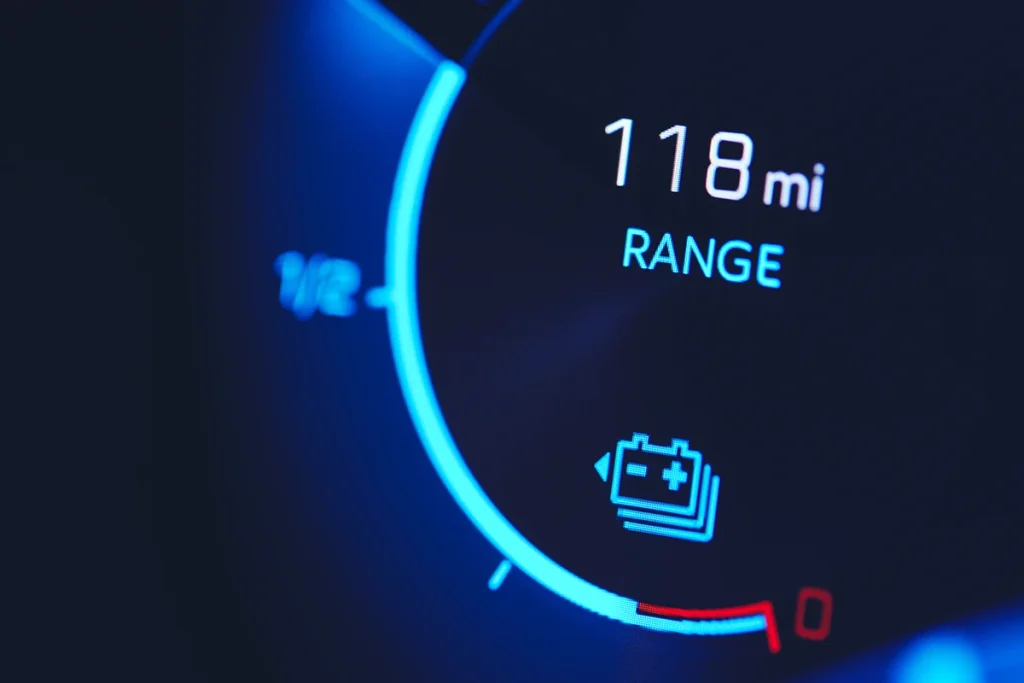Toyota and Subaru are collaborating on developing a new three-row electric SUV to hit the market in the coming years. Toyota will be responsible for manufacturing the EV at its facility in Georgetown, Kentucky.
Sources familiar with the plans have revealed that Toyota intends to commence production of the three-row electric SUV in 2025, shortly after initiating assembly of its larger electric vehicle model. This announcement follows Toyota’s recent revelation that it would begin producing its three-row electric SUV, temporarily referred to as bZ5X, also expected to launch in 2025.
Subaru and Toyota’s partnership was established in 2019 to develop a new platform for launching multiple electric SUVs under each brand. Referred to as e-TNGA, both automakers utilize this platform for their initial entries into the electric SUV segment: the Toyota bZ4X and Subaru Solterra.
Initially manufactured together on one line at Toyota’s Motomachi assembly plant in Japan, production was temporarily halted last year due to concerns over wheel hub bolt loosening during certain driving conditions.
After a four-month suspension period, sales resumed in October. While specific details about Subaru’s upcoming three-row electric SUV remain undisclosed, Subaru has committed itself to releasing at least four electric crossovers in the United States by 2026.
It is anticipated that Subaru’s forthcoming EV batteries will be sourced from Toyota’s recently announced battery factory in North Carolina. With an investment totaling nearly $6 billion (including an additional $2.1 billion injected earlier this year), this facility will produce lithium-ion batteries across six production lines (four dedicated specifically to hybrids).
By conducting final assembly operations within Kentucky while utilizing battery packs from North Carolina, both automakers’ respective three-row EV models may qualify for federal tax incentives such as the $7,500 EV tax credit—eligibility currently not extended towards either the bZ4X or Solterra EVs.
Toyota has ambitious plans to release ten new electric models and aims to achieve 1.5 million in EV sales by 2026. The automaker is advancing its EV initiatives by developing a dedicated EV platform, next-generation batteries, manufacturing improvements, and other innovations to enhance competitiveness.
On the other hand, Subaru has set a goal for 40% of its global sales to be comprised of electric vehicles by the end of this decade. Additionally, Subaru envisions transitioning to an all-electric lineup by the early 2030s—a testament to their commitment to sustainable mobility solutions.
Subaru is set to release its first all-electric SUV. Subaru is set to release its first all-electric SUV as part of its plans for an electrified future. Building upon their successful track record with crossover vehicles like the Outback and Forester models, this new EV promises exceptional versatility combined with zero-emissions driving.
While details about specific features or specifications remain under wraps at this stage, this SUV is expected to leverage cutting-edge technology developed through collaboration between Subaru and Toyota. Drivers can look forward to impressive capabilities and advanced safety features synonymous with both brands’ commitment to passenger protection.
Leveraging Existing Platforms One key advantage Subaru possesses in its EV plans is the ability to leverage existing platforms. By utilizing their well-established Subaru Global Platform (SGP), which underpins many of their current models, Subaru can expedite electric vehicle development and production processes.
The SGP is known for its modular design, allowing flexibility in accommodating various powertrain options. Subaru’s transition to electric mobility will maintain the brand’s renowned performance capabilities and safety standards.
Commitment to Safety Subaru has always been synonymous with safety, and this commitment remains at the core of their EV plans. Electric vehicles come with unique safety considerations due to high-voltage systems and battery technology.
However, Subaru aims to address these challenges head-on by integrating robust safety features into its upcoming EV lineup. Building upon its expertise in developing advanced driver-assistance systems (ADAS) such as EyeSight, Subaru intends to equip its electric vehicles with state-of-the-art safety technologies. This includes features like collision avoidance assistance, adaptive cruise control, lane-keeping assist, and pedestrian detection – all aimed at providing a safe driving experience while minimizing accidents on the road.
Infrastructure Development One significant challenge facing the widespread adoption of electric vehicles is charging infrastructure availability. Recognizing this hurdle, Subaru is actively working towards addressing it through collaborations with charging networks across different regions. By partnering with established charging providers and investing in expanding public charging stations’ accessibility, Subaru aims to alleviate range anxiety concerns among potential EV buyers. This strategic approach demonstrates how committed they are to producing electrified vehicles and ensuring a seamless ownership experience for customers.
Beyond Personal Transportation, Subaru believes that an eco-conscious mindset extends beyond personal transportation needs alone. As part of its big EV plans, they are exploring opportunities beyond passenger cars – including commercial applications such as delivery services or even emergency response vehicles powered by electricity.
By diversifying into other sectors where emissions reductions can have a significant impact, Subaru aims to contribute to a greener future on multiple fronts. This forward-thinking approach showcases their dedication to sustainable mobility solutions that go beyond the traditional boundaries of automotive manufacturers.
The collaboration between Toyota and Subaru in developing a three-row electric SUV represents a significant step forward in both companies’ electrification strategies. By combining their expertise and resources, they are poised to deliver compelling offerings that cater to consumer demands while contributing towards a greener future in the automotive industry.


